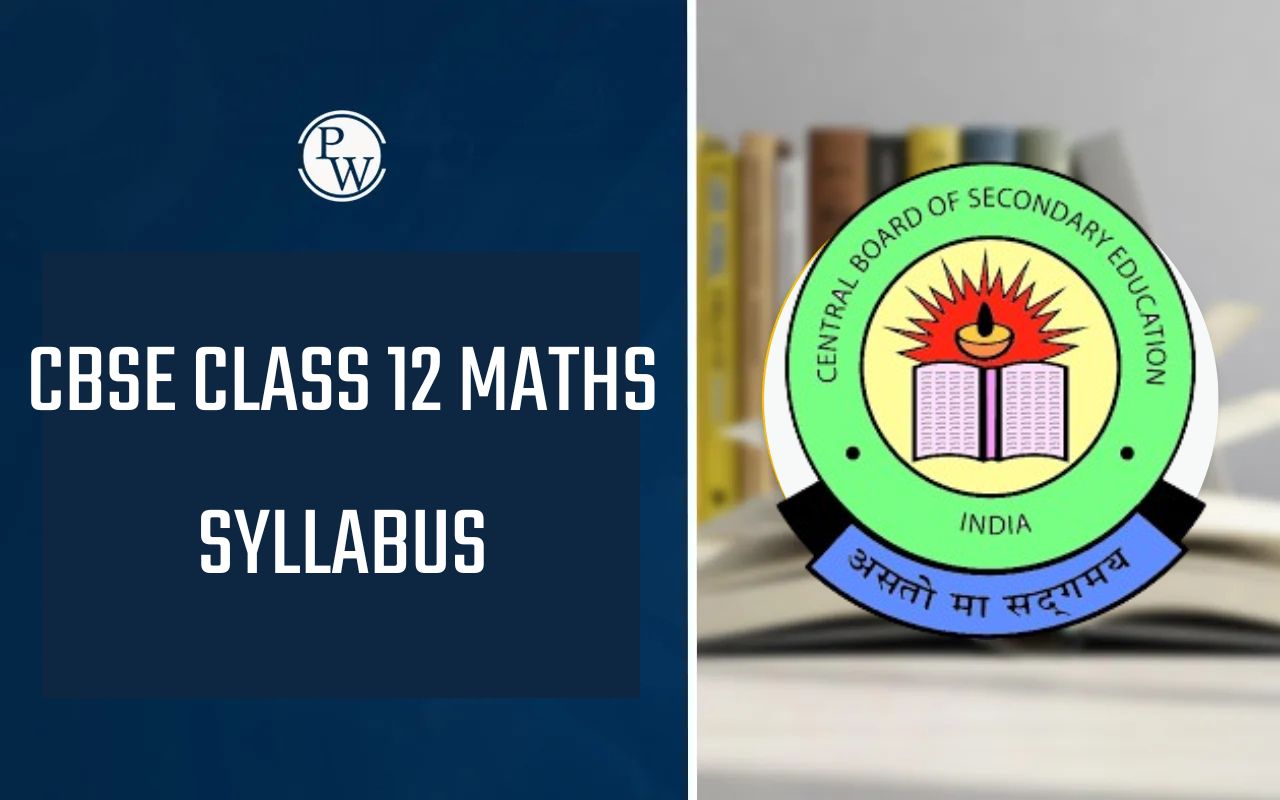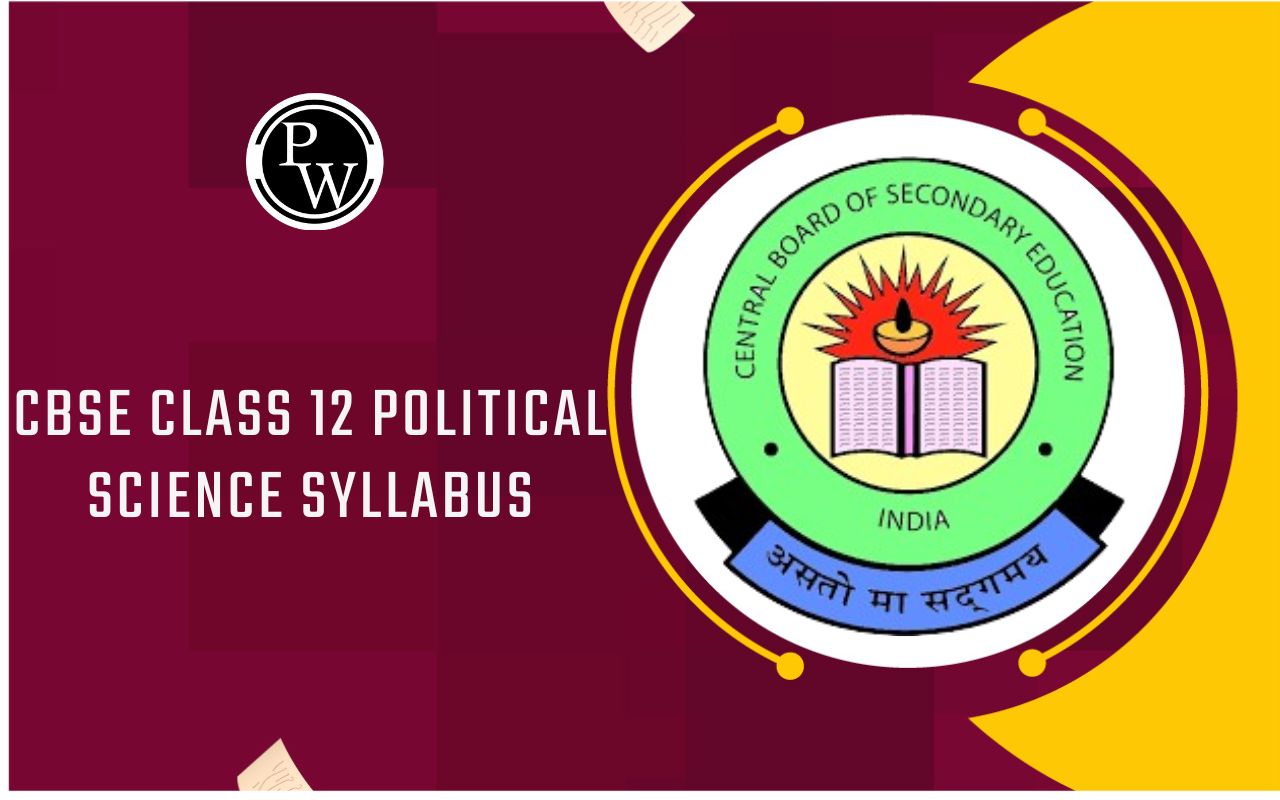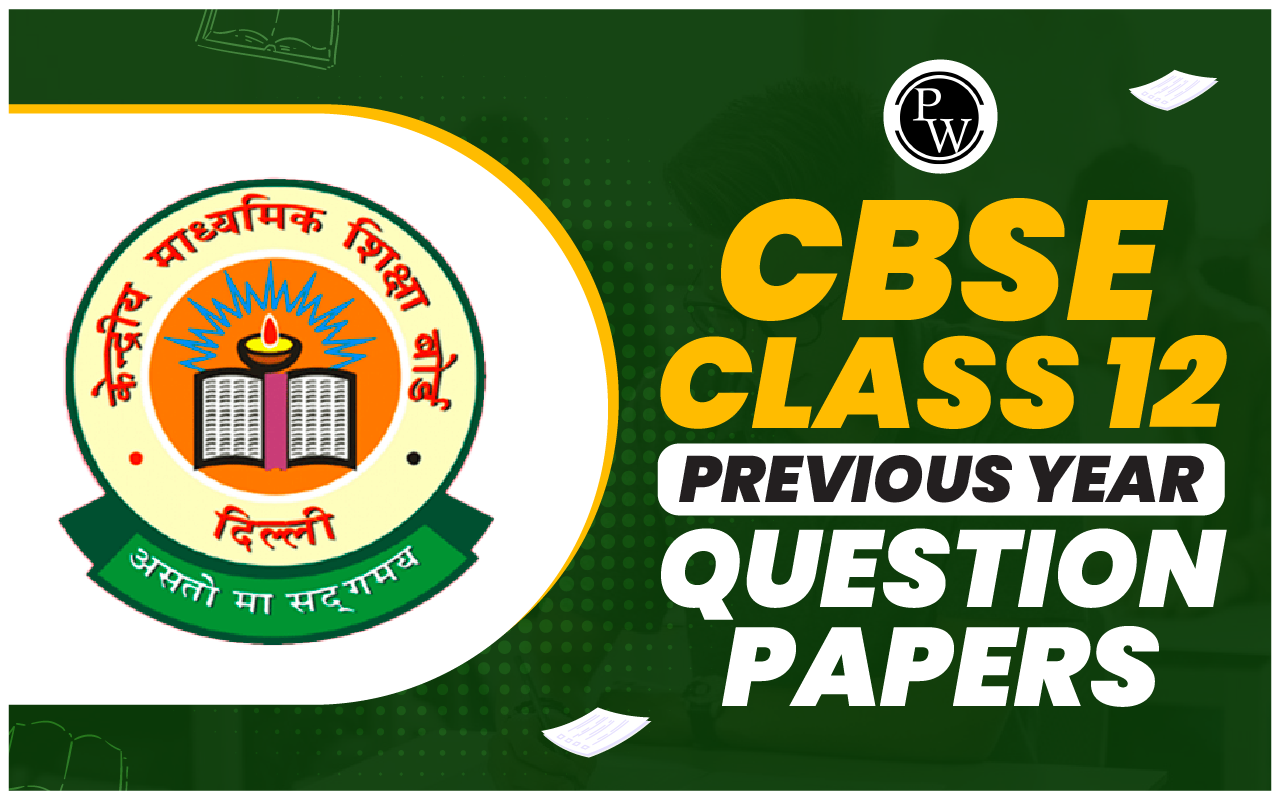
CBSE Class 12 Physics Viva Questions 2025: As the CBSE Class 12 Physics Practical exams for 2025 approach students must prepare for the viva voce, where they will be asked questions related to their experiments and the theoretical concepts behind them. The examiners focus on testing the students understanding of key physics principles, experimental setups, and their ability to explain results effectively.
Some common viva questions may include asking about the purpose of an experiment, the formulae used, the method of conducting the experiment, and the significance of the results obtained. Students should be ready to discuss the instruments used, the reasoning behind selecting certain methods, and any precautions taken during the experiments. A thorough understanding of the syllabus and practice with previous year's questions can help students confidently tackle the viva and perform well in their practical exams.CBSE Class 12 Biology Viva Questions with Answers 2025
Marks Distribution for CBSE Class 12 Physics Viva Questions
The CBSE Class 12 Physics Viva is a crucial part of the practical exam and is created to evaluate students' theoretical knowledge, understanding of practical concepts, and ability to explain experiments. The marks are distributed across different components of the viva, as outlined below:| Parameter | Total Marks Allotted |
|---|---|
| Two experiments (one from each section) | 7 Marks + 7 Marks |
| Practical record (experiment and activities) | 5 Marks |
| One activity from any section | 5 Marks |
| Investigatory Project | 3 Marks |
| Viva on experiments, activities, and project | 5 Marks |
| Total | 30 Marks |
CBSE Class 12 Physics Viva Questions Preparation Tips
Preparing for the CBSE Class 12 Physics Viva is important to scoring well in your practical exams. The viva assesses not just your practical knowledge but also your ability to explain concepts clearly. Here are some helpful preparation tips to excel in your Physics viva: 1. Understand the Theory Behind Experiments- Focus on the theoretical concepts behind each experiment, such as Ohm’s Law, laws of motion, and the working of instruments like galvanometers and voltmeters.
- Be prepared to explain the scientific principles, formulae, and laws that apply to the experiments you perform.
- Review important formulas and equations related to each experiment, such as Ohm’s Law (V = IR), laws of refraction, or Newton’s Laws of Motion.
- Understand how these formulas are derived and how they apply to the experiments.
- Know the name, function, and working of each apparatus used in the experiment.
- Be able to explain how the instruments (e.g., ammeter, voltmeter, galvanometer, etc.) are connected and their roles in the experiment.
- Practice explaining the procedure of each experiment step by step.
- Ensure your explanation is clear, concise, and free of unnecessary details.
- Be aware of the common errors in each experiment, such as parallax error in reading measurements or the error in measurement of resistance.
- Understand how to minimize and correct errors during experiments.
- Prepare for questions related to the theory behind the experiments, such as "What is the relation between current and voltage in Ohm’s Law?" or "Why is a potentiometer preferred over a voltmeter?"
- Understand related concepts, such as the significance of resistance, the importance of using a rheostat, and why certain materials are chosen for specific experiments.
- Be confident while answering questions. Even if you don’t know the exact answer, try to logically deduce the solution based on your knowledge.
- Stay calm and composed during the viva. Speak clearly and avoid rushing through your answers.
- For the investigatory project, make sure you can explain your project’s objective, methodology, and findings. Be prepared to answer any questions related to your project.
- Be clear on the scientific principles or theories behind the project.
- Look at previous year’s viva questions to get an idea of what kind of questions might be asked.
- Practice answering these questions with a focus on clarity and accuracy.
- If you don’t understand a question asked by the examiner, don’t hesitate to ask for clarification.
- It is better to ask for clarity than to provide an incorrect answer.
CBSE Class 12 Physics Viva Questions 2025 FAQs
What is the significance of a rheostat in a circuit?
A rheostat is a variable resistor used to adjust the current in a circuit without changing the voltage.
What is a secondary cell?
A secondary cell is a rechargeable cell, such as a lead-acid or lithium-ion battery, which can be used multiple times after recharging.
What is a primary cell?
A primary cell is a non-rechargeable cell that provides electrical energy through irreversible chemical reactions.
What is a Physics Viva Voce in Class 12?
A Physics Viva Voce is an oral examination conducted to assess a student's understanding of physics concepts, experimental techniques, and practical applications. It tests theoretical knowledge as well as the ability to explain experiments and observations clearly.
Why is the Physics Viva Voce important?
The Physics Viva Voce is important because it allows examiners to evaluate how well students can explain the principles behind the experiments they have conducted. It also tests their ability to apply theoretical knowledge in practical situations. It is an essential part of the overall assessment in practical exams.
Talk to a counsellorHave doubts? Our support team will be happy to assist you!

Check out these Related Articles
Free Learning Resources
PW Books
Notes (Class 10-12)
PW Study Materials
Notes (Class 6-9)
Ncert Solutions
Govt Exams
Class 6th to 12th Online Courses
Govt Job Exams Courses
UPSC Coaching
Defence Exam Coaching
Gate Exam Coaching
Other Exams
Know about Physics Wallah
Physics Wallah is an Indian edtech platform that provides accessible & comprehensive learning experiences to students from Class 6th to postgraduate level. We also provide extensive NCERT solutions, sample paper, NEET, JEE Mains, BITSAT previous year papers & more such resources to students. Physics Wallah also caters to over 3.5 million registered students and over 78 lakh+ Youtube subscribers with 4.8 rating on its app.
We Stand Out because
We provide students with intensive courses with India’s qualified & experienced faculties & mentors. PW strives to make the learning experience comprehensive and accessible for students of all sections of society. We believe in empowering every single student who couldn't dream of a good career in engineering and medical field earlier.
Our Key Focus Areas
Physics Wallah's main focus is to make the learning experience as economical as possible for all students. With our affordable courses like Lakshya, Udaan and Arjuna and many others, we have been able to provide a platform for lakhs of aspirants. From providing Chemistry, Maths, Physics formula to giving e-books of eminent authors like RD Sharma, RS Aggarwal and Lakhmir Singh, PW focuses on every single student's need for preparation.
What Makes Us Different
Physics Wallah strives to develop a comprehensive pedagogical structure for students, where they get a state-of-the-art learning experience with study material and resources. Apart from catering students preparing for JEE Mains and NEET, PW also provides study material for each state board like Uttar Pradesh, Bihar, and others
Copyright © 2025 Physicswallah Limited All rights reserved.
Get App









